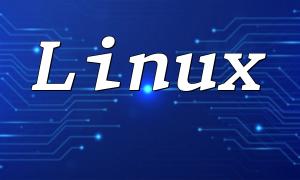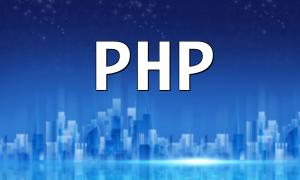As artificial intelligence continues to evolve rapidly, developers are increasingly exploring ways to merge AI capabilities with modern web development frameworks. PHP, being a widely used backend language, offers powerful frameworks like Laravel and Symfony that serve as robust platforms for integrating AI into web applications. This article outlines how to build AI-powered automation using PHP frameworks.
Artificial intelligence spans technologies such as machine learning, natural language processing, and image recognition—all of which require efficient data handling. PHP frameworks provide flexible tools that developers can use to process data, train models, and integrate AI capabilities into their applications.
Before implementing AI automation, the first step is to collect and preprocess data. With Laravel’s Eloquent ORM, database interaction becomes straightforward and efficient:
// Fetch active users using Eloquent model
$users = User::where('active', 1)->get();
Once data is collected, it needs to be cleaned and transformed to prepare it for model training.
Although PHP isn't a primary language for machine learning, libraries such as PHP-ML enable developers to implement basic AI models. Below is an example using the KNearestNeighbors classifier for a simple classification task:
use Phpml\Classification\KNearestNeighbors;
// Training data
$samples = [[1, 2], [2, 3], [3, 1], [6, 5], [7, 9]];
$labels = [0, 0, 0, 1, 1];
// Create and train model
$classifier = new KNearestNeighbors();
$classifier->train($samples, $labels);
// Predict new sample
$predicted = $classifier->predict([5, 5]);
echo 'Prediction: ' . $predicted;
This demonstrates how to quickly build and apply a machine learning model within a PHP environment.
After training your model, the next step is to integrate it into your PHP application. One effective method is to build an API endpoint to handle prediction requests:
Route::post('/predict', function(Request $request) {
$data = $request->input('data');
// Load model and make prediction
$classifier = new KNearestNeighbors();
$predicted = $classifier->predict($data);
return response()->json(['prediction' => $predicted]);
});
This allows your frontend to send data to the backend and receive intelligent responses in real time.
AI automation also includes scheduled tasks for retraining models or updating data. Laravel’s Scheduler makes it easy to automate these processes:
$schedule->call(function () {
// Logic for updating data and retraining model
})->hourly();
Such automation ensures your AI models remain accurate and your application stays responsive to real-time changes.
Integrating AI with PHP frameworks can greatly enhance development efficiency and application performance. With libraries like PHP-ML and powerful tools like Laravel, developers can quickly implement machine learning functionality and embed it into modern web apps. Mastering this integration positions developers to build smarter, more responsive systems in today’s fast-moving digital landscape.









